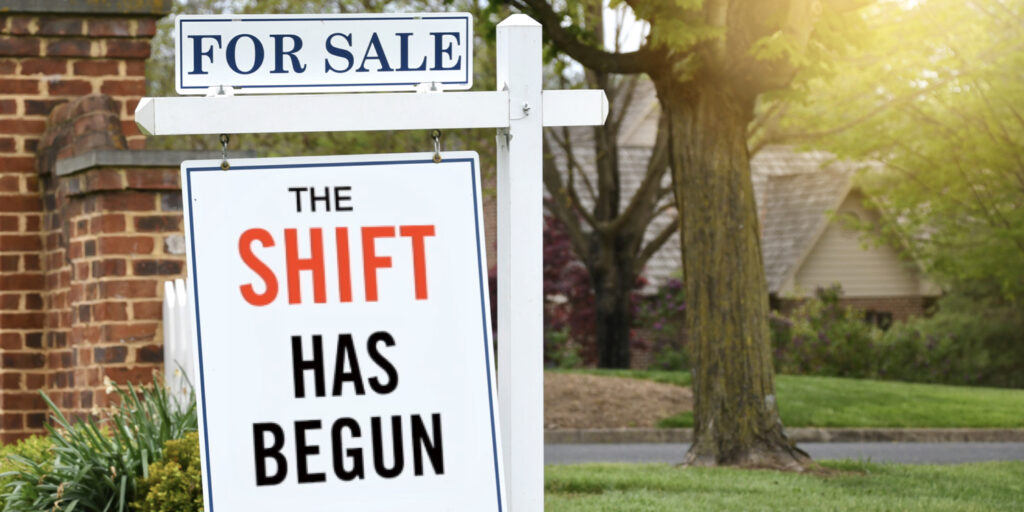Eviction Ban Drama & the signs of a cooling housing market
As the housing market goes, so goes our industry. And a shift in the U.S. housing market has begun. Before we dive into the data showing why let’s discuss the most recent breaking news- eviction bans.
In a 5-4 decision on June 29th, the U.S. Supreme Court put the Centers for Disease Control on notice saying the agency overstepped its statutory authority in issuing a nationwide eviction ban. However, with the ban’s expiration of July 31st fast approaching the high court allowed the ban to remain in place another month. The CDC argued the eviction moratorium was warranted to prevent homelessness which they argued would lead to further spread of COVID-19.
Why does the eviction ban matter?
[read more]
First, once the bans actually expire available housing inventory would increase as rental properties are sold increasing inventory which could slow the pace of red-hot home values. That means slightly reducing the available proceeds for future reverse mortgage borrowers. Second, the White House under increasing and unrelenting pressure from top House and Senate Democrats directed the CDC to extend the deadline again despite the Supreme Court’s warning. On August 3rd the CDC issued another temporary order for an eviction ban, however, this time is limited to renters in counties with a high level of COVID-19 community transmission. The new ban is to expire on October 3rd.
While the moratorium drama played out a significant shift in the housing market was largely underreported and generally unnoticed. In fact, the market is at a tipping point. Consider these statistics. In June the pace of homes under contract fell 1.9%. “Buyers are still interested and want to own a home, but record-high home prices are causing some to retreat,. The moderate slowdown in sales is largely due to the huge spike in home prices”, said Lawrence Yun, Chief Economist for the National Association of Realtors. You can’t blame potential homebuyers for standing back since median home prices have increased for over 112 months. According to a U.S. Census Bureau report, sales of new single-family homes dropped by 6.6% in June compared to May. Annually, sales of newly constructed houses were down by more than 19% compared to a year ago.
In their July 2021 report, Zillow said, “for-sale inventory saw meaningful recovery for the second month in a row, improving 3.1% over May”. Realtor-com reports a 10.9% increase of newly-listed properties from May to June. Perhaps the housing market shift has already begun.
While the eviction bans will prevent some rental properties from going on the market, homebuyer fatigue from a hyperactive market appears to be slowing home purchases and relieving some pressure on housing inventory. The means future reverse mortgage borrowers are likely to see their home appreciation slow or even plateau in several markets. A gradual slowdown or soft-landing of the real estate market is not only more likely but also much more preferable to reset in home values. In the meantime, older homeowners are poised to get the most with a reverse mortgage with robust home prices and a Federal Reserve that’s reluctant to tinker with today’s low interest rates.
[/read]






No comment yet, add your voice below!